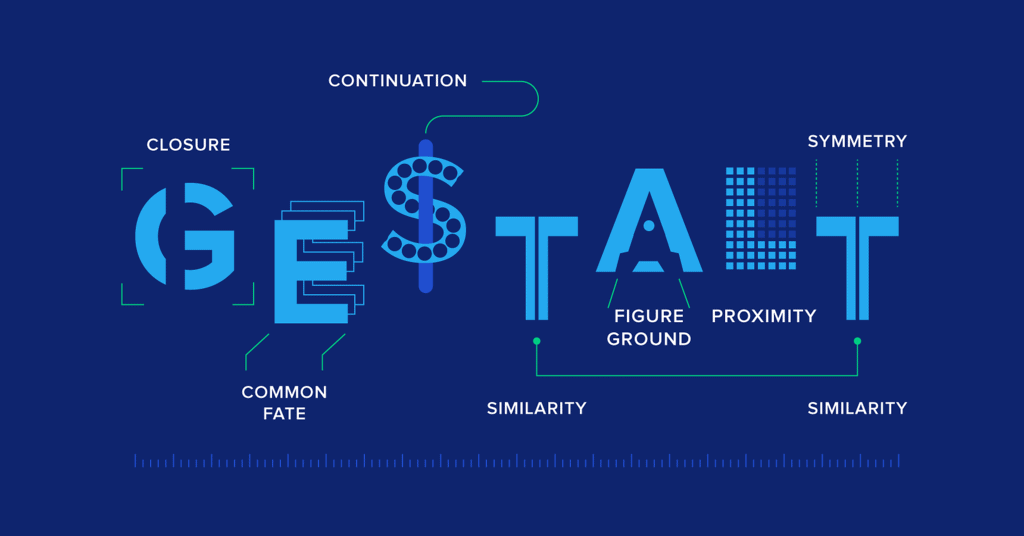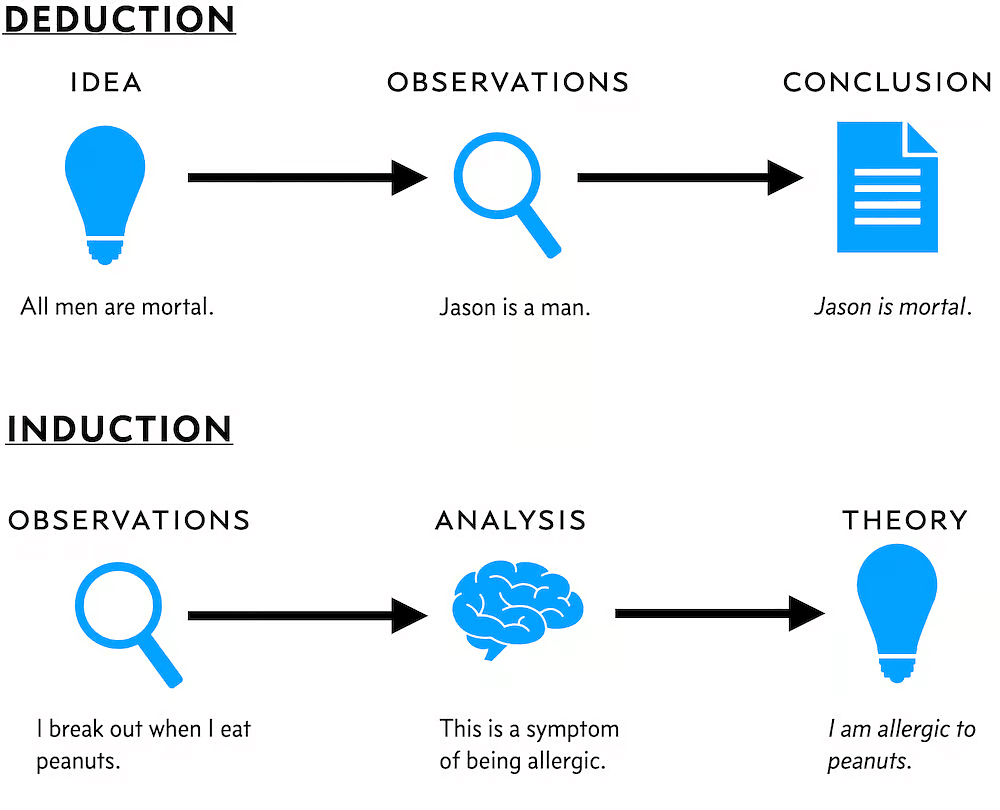Notes: Teaching Formula | Teaching Aptitude for Teaching Exam - B.Ed Entrance PDF Download
Teaching Formula (Maxims)
Teachers play a crucial role in creating an environment that promotes optimal learning and a variety of experiences.

To ensure that lessons are effective and focused, teachers use different methods, rules, and principles. These principles, known as the maxims of teaching, help organize the teaching process to improve student involvement and comprehension.
Here are the main maxims explained with examples:
1. From Known to Unknown
- This maxim emphasizes the importance of building new knowledge on the foundation of what students already know.
- Example: When teaching algebra, a teacher might first review basic arithmetic operations that students are familiar with before introducing algebraic concepts.
- Importance: This approach facilitates the learning process and saves time for both the teacher and students by making the new material more relatable and understandable.
2. From Simple to Complex
- This principle suggests that learning should progress from easy concepts to more difficult ones.

- Example: In language learning, a teacher might begin with simple words and sentences before introducing complex grammar rules.
- Importance: This approach helps students build confidence and a strong foundation before tackling harder material.
3. From Concrete to Abstract
- Begin with tangible and visible concepts before introducing abstract ideas that require mental visualization.
- For instance, in a science class, a teacher might start by displaying a physical model of a molecule to illustrate the basic structure before delving into the more complex and abstract concept of molecular bonding.
- This approach is important because it provides students with a clear and visual reference point, making it easier for them to understand and remember the material when transitioning to more complicated concepts.
4. From Analysis to Synthesis
- Analysis involves breaking down information into smaller parts, while synthesis means combining these parts to form a whole.
- Example. In literature, a teacher might first analyze individual elements of a story, such as characters and plot, before synthesizing them to better understand the overall theme.
- Importance. Both processes are crucial for fostering critical thinking and achieving a thorough understanding of the subject.
5. From Particular to General
- Teaching should begin with specific examples before progressing to general principles or ideas.
- Example. In a history lesson, a teacher might start with a specific historical event and then discuss the broader trends or reasons behind it.
- Importance. Specific examples help students understand general concepts by providing clear contexts.
6. From Whole to Part
- Based on the Gestalt Theory, this maxim states that it is more effective to present the whole concept before breaking it down into parts.

- Example: In a geography lesson, a teacher might first show a world map before focusing on individual countries.
- Importance: Viewing the whole picture first can make learning more coherent and engaging.
7. From Psychological to Logical
 Engaging Storytelling Classroom
Engaging Storytelling Classroom
- The teaching process should initially follow a psychological sequence that aligns with the natural learning processes of students before organising it logically.
- Example. For instance, a teacher might start by engaging students with a story related to a new topic, which serves a psychological purpose, and then proceed to break down the topic into logical steps or categories.
- Importance. This approach ensures that the teaching process is both engaging and structured, preventing confusion and disorganisation among students.
8. From Actual to Representative
 Real Teaching Aids
Real Teaching Aids
- Using real, tangible teaching aids is more effective than using artificial or representative ones.
- Example: In a biology class, showing an actual plant or animal specimen is more impactful than just using pictures or models.
- Importance: Real objects can create a stronger connection and understanding, making the learning experience more memorable.
9. From Definite to Indefinite
- Teaching should start with definite, clearly defined concepts before moving to broader, less defined ideas.
- Example: A math teacher might begin with specific examples of geometric shapes before discussing the general properties of geometric figures.
- Importance: Definite concepts provide a solid foundation for understanding more ambiguous or complex ideas.
10. From Induction to Deduction
- Induction involves deriving general principles from specific examples, while deduction involves applying general principles to specific cases.

- Example: In a science lesson, a teacher might first present several experiments that demonstrate a scientific law (induction) before explaining the law itself. Then, they might apply the law to predict the outcome of new experiments (deduction).
- Importance: Both methods are crucial for developing scientific reasoning and understanding.
11. From Empirical to Rational
 Plant Growth Observation
Plant Growth Observation
- Empirical knowledge is acquired through observation and experience. However, it is essential to interpret this knowledge in a rational and logical manner.
- For instance, a teacher may guide students to observe the growth of a plant under different conditions, which constitutes empirical knowledge. Subsequently, students can use this information to understand the principles of photosynthesis, demonstrating a rational application of their observations.
- This approach is crucial as it enables students to validate their observations through logical reasoning. By doing so, they develop a deeper and more accurate understanding of the subject matter.
|
29 videos|48 docs|11 tests
|
FAQs on Notes: Teaching Formula - Teaching Aptitude for Teaching Exam - B.Ed Entrance
| 1. What are the key principles of the Teaching Formula (Maxims)? |  |
| 2. How can the maxims of teaching improve student learning outcomes? |  |
| 3. Can you provide examples of how to apply the maxims of teaching in a classroom setting? |  |
| 4. What challenges might educators face when applying the maxims of teaching? |  |
| 5. How can educators assess the effectiveness of the Teaching Formula (Maxims) in their lessons? |  |





















